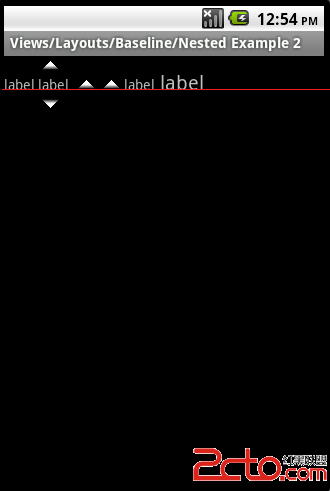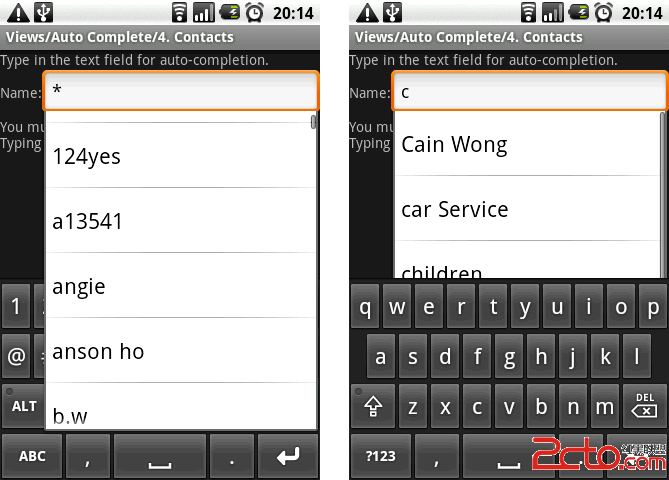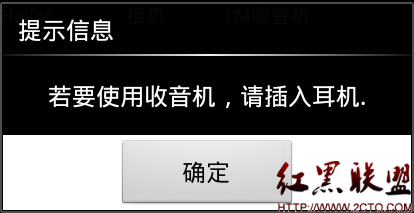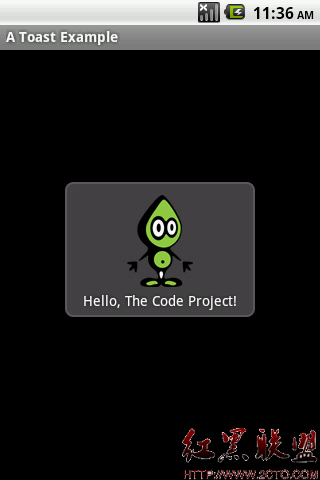Android学习笔记06:线性布局LinearLayout
线性布局在xml文件中使用<LinearLayout>来定义。
线性布局可以分为水平和垂直方向的布局,可以通过android:orientation来定义方向,android:orientation=“horizontal”表示水平方向,android:orientation=“vertical”表示垂直方向。
android:layout_width表示控件的宽度,android_layout_height表示控件的高度,其属性值有wrap_content、fill_parent、match_parent三种。其中,wrap_content表示填满父控件的空白,fill_parent表示大小刚好足够显示当前控件里的内容,match_parent与fill_parent作用是相同的。
android:layout_weight表示控件的权重,描述了控件所占的比例有多大。所有的视图都有layout_weight值,其默认为零,表示需要显示多大的视图就占据多大的屏幕空间。若赋一个高于零的值,则将父视图中的可用空间分割,分割大小具体取决于每一个视图的layout_weight值以及该值在当前屏幕布局的整体layout_weight值和在其它视图屏幕布局的layout_weight值中所占的比率而定。
下面是一个使用线性布局的实例。activity_main.xml源码如下:
Android_LinearLayout实例
1 <LinearLayout
2 xmlns:android="http://schemas.android.com/apk/res/android"
3 android:orientation="vertical"
4 android:background="#FFFFFF"
5 android:layout_width="match_parent"
6 android:layout_height="match_parent" >
7
8 <!-- 最上面的输入框 -->
9 <LinearLayout
10 android:orientation="horizontal"
11 android:background="#FFFFFF"
12 android:layout_width="match_parent"
13 android:layout_height="wrap_content" >
14
15 <EditText
16 android:id="@+id/mEditText"
17 android:inputType="number"
18 android:layout_width="match_parent"
19 android:layout_height="wrap_content" >
20 </EditText>
21
22 </LinearLayout>
23
24 <!-- 第一排的四个按键 -->
25 <LinearLayout
26 android:orientation="horizontal"
27 android:background="#FFFFFF"
28 android:layout_width="match_parent"
29 android:layout_height="wrap_content" >
30
31 <Button
32 android:id="@+id/mButton_mc"
33 android:text="@string/mc"
34 android:layout_weight="1"
35 android:layout_width="0dip"
36 android:layout_height="wrap_content" >
37 </Button>
38
39 <Button
40 android:id="@+id/mButton_mPlus"
41 android:text="@string/mPlus"
42 android:layout_weight="1"
43 android:layout_width="0dip"
44 android:layout_height="wrap_content" >
45 </Button>
46
47 <Button
48 android:id="@+id/mButton_mMinus"
49 android:text="@string/mMinus"
50 android:layout_weight="1"
51 android:layout_width="0dip"
52 android:layout_height="wrap_content" >
53 </Button>
54
55 <Button
56 android:id="@+id/mButton_mr"
57 android:text="@string/mr"
58 android:layout_weight="1"
59 android:layout_width="0dip"
60 android:layout_height="wrap_content" >
61 </Button>
62
63 </LinearLayout>
64
65 <!-- 第二排的四个按键 -->
66 <LinearLayout
67 android:orientation="horizontal"
68 android:background="#FFFFFF"
69 android:layout_width="match_parent"
70 android:layout_height="wrap_content" >
71
72 <Button
73 android:id="@+id/mButton_C"
74 android:text="@string/C"
75 android:layout_weight="1"
76 android:layout_width="0dip"
77 android:layout_height="wrap_content" >
78 </Button>
79 &n
补充:移动开发 , Android ,




